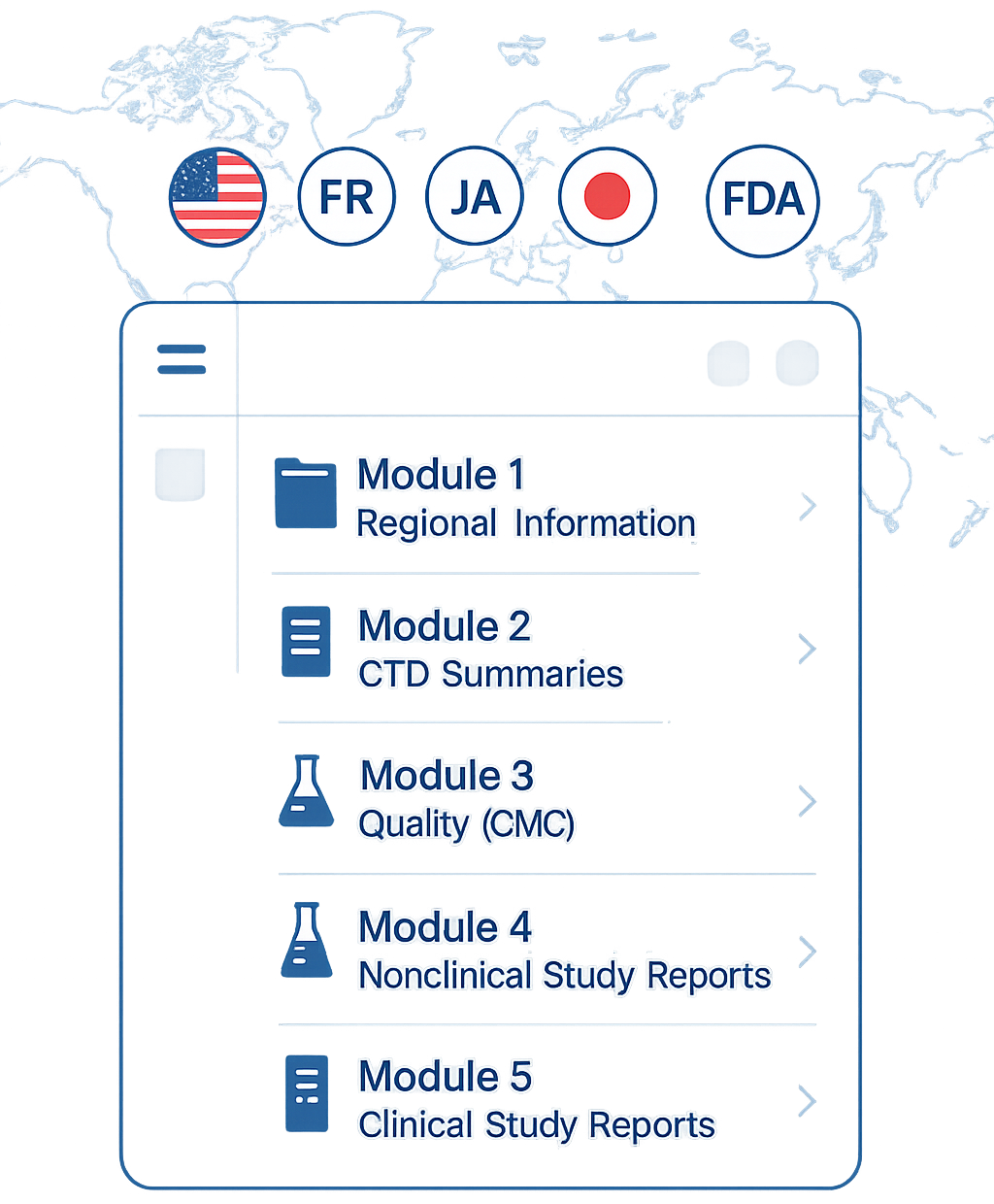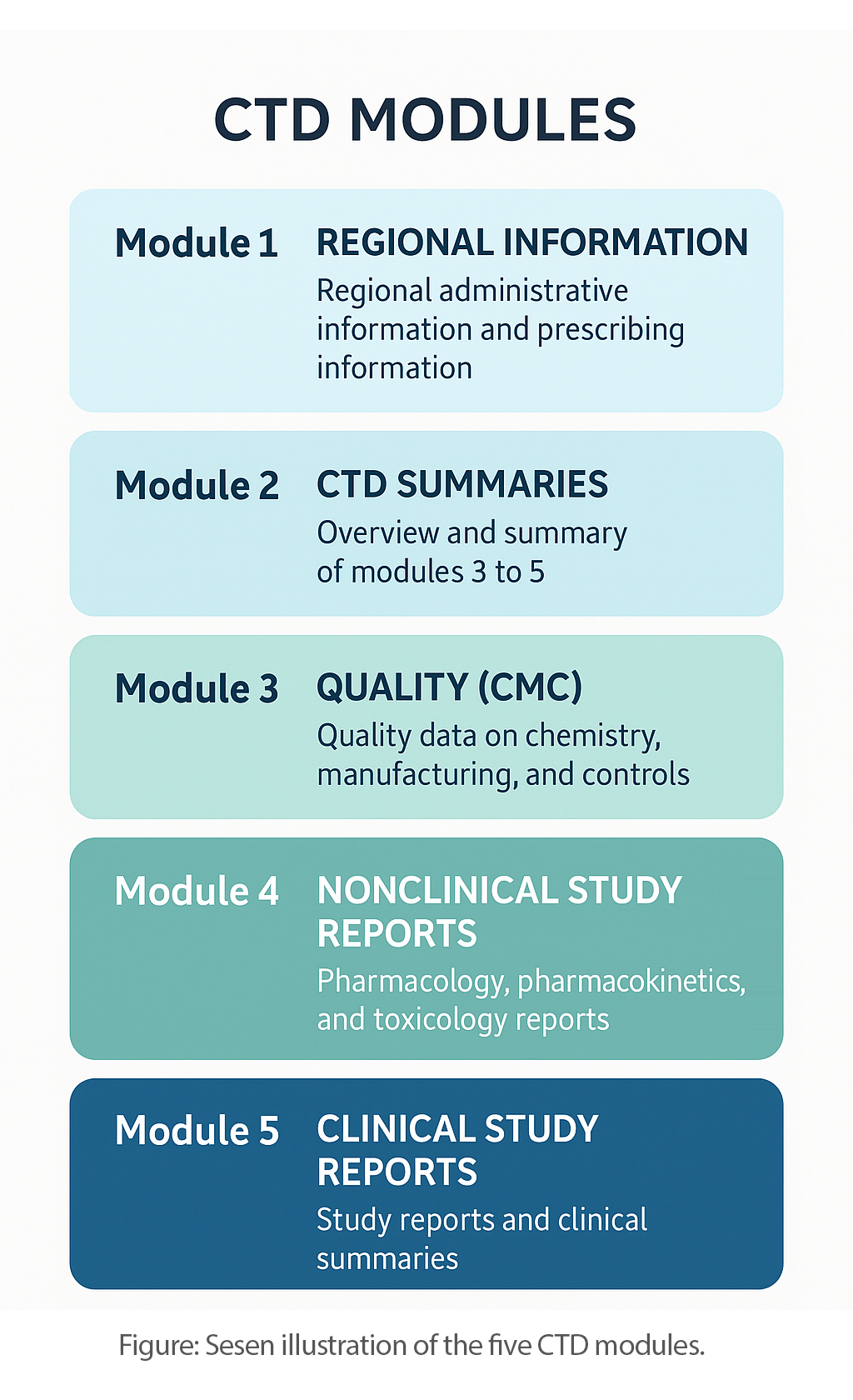- services
Translation & Localization
Regulatory Translation ServicesMedical & Scientific TranslationClinical Trial TranslationLinguistic Validation ServicesMedical Patent TranslationWebsite Translation & LocalizationLabeling Translation Services
Drug Labeling & Packaging TranslationMedical Device Labeling TranslationIFU (Instructions for Use) TranslationRegulatory Labeling QAHybrid Translation & MTPE
Hybrid Translation (Human + AI)Full MTPE (F-MTPE)Light MTPE (L-MTPE)Regulatory & Scientific MTPESoftware, HealthTech & App Localization
Medical Device Software LocalizationeHealth & mHealth LocalizationClinical & Medical SoftwareAI Healthcare Application LocalizationPatient Portal LocalizationLife Sciences Marketing Translation
Marketing & Commercial TranslationDigital Campaign LocalizationTranscreation & Brand Voice AdaptationMultilingual SEO & Paid SearchMultimedia Localization
eLearning & Training LocalizationVideo Translation ServicesSubtitling TranslationMultilingual Voiceover ServicesAudiovisual Compliance TranslationsInterpreting Services
On-site Medical & Clinical InterpretingRemote & Over-the-Phone Interpreting (OPI, VRI)Simultaneous & Consecutive Conference InterpretingDesktop Publishing (DTP) & Formatting
Multilingual Typesetting & LayoutRegulatory Submission FormattingMedical Packaging Design Localization
- sectors
Pharmaceuticals
Clinical Trial TranslationRegulatory Submission TranslationsDrug Labeling & Packaging TranslationPharmacovigilance & Drug Safety ReportingCMC Documentation TranslationBiotechnology
Scientific Research & Publication TranslationPatent & IP TranslationGenomics & Gene Therapy TranslationBiopharmaceuticals & BiosimilarsPreclinical Research TranslationMedical Devices
IFU TranslationRegulatory Compliance TranslationsTechnical Documentation TranslationSoftware & UI LocalizationCER Translation ServicesCRO
Clinical Study Documentation TranslationPatient Recruitment & RetentioneCOA Translation ServicesGCP Compliance TranslationsClinical Trial Training TranslationHealthcare & Hospitals
Patient-Facing Materials TranslationElectronic Health Records (EHR)Telemedicine & Digital Health TranslationInformed Consent Form TranslationCompliance & Training TranslationRegulatory & Government
Health Authority SubmissionPublic Health & Policy Document TranslationsMedical & Pharmaceutical Legislation TranslationEnvironmental Health & Safety (EHS)International Health Program DocumentationLife Sciences Marketing
Multilingual Marketing & BrandingPharmaceutical & Biotech BrochureMedical Device Marketing TranslationDigital Content & Website LocalizationGlobal Conferences & Event TranslationCertifications & Compliance
ISO 17100 | ISO 9001:2015 | ISO 13485:2016
HIPAA-Compliant Workflows
FDA, EMA, PMDA Regulatory Expertise
- solutions
Regulatory & Clinical Solutions
Regulatory & Compliance SolutionsMultilingual support for global submissions, labeling, audits, and SOPs.Clinical Trial EnablementTranslations for ICFs, protocols, site documents, and patient recruitment.Pharmacovigilance TranslationSpecialized translations for AE/SAE reports, DSURs, and safety updates.Label Review & In-Context QAIn-layout linguistic QA for packaging, IFUs, and labeling compliance.Modular Submission & Content ReuseComponent-based translation for IDMP, SPL, and XML content workflows.Commercial & Engagement Solutions
Global Product Launch & Market EntryComprehensive support for launching products in international markets.Patient Engagement & RecruitmentCulturally adapted outreach and multilingual trial communications.Terminology Management & HarmonizationConsistent scientific and brand language across markets.E-Learning & Training LocalizationLocalized training for internal teams, HCPs, and external stakeholders.Website & Digital Experience LocalizationTranslation of websites, portals, and mobile health apps.
- AI
- SesenGPTProprietary language model built for life sciences translation.Agentic AI for Clinical TrialsAutonomous AI for translation workflows across multilingual studies.AI-Powered Human TranslationHuman translation enhanced with AI for speed and consistency.Machine Translation & Post-Editing (MTPE)AI-generated drafts refined by expert linguists.AI for Terminology ManagementAutomated term extraction and consistency across content.
- AI for Project ManagementAI-driven resource matching, scheduling, and QA support.AI for Regulatory & ComplianceSmart automation for labeling and regulatory content.AI for Clinical Trial TranslationFaster, AI-assisted translation of trial documents.AI for Pharmacovigilance TranslationAI-supported workflows for AE reports and safety data.AI for Digital Health LocalizationLocalizing eHealth and mHealth content with AI.
- resources
- Blog & InsightsTrends and expert views on life sciences translation and localization.Case Studies & Success StoriesReal-world examples of successful localization in regulated industries.White Papers & E-booksIn-depth guides on translation strategy, AI tools, and global compliance.
- Webinars & EventsOn-demand sessions and live talks on localization for life sciences.Glossaries & Style GuidesCurated termbases and branded guides for translation consistency.FAQ & Knowledge BaseAnswers to key questions on translation, compliance, and localization workflows.
- about
- Our StoryMission-driven growth rooted in innovation and life sciences expertise.Leadership TeamMeet the executives guiding Sesen’s global localization strategy.Corporate ValuesOur commitment to ethics, transparency, and sustainability in practice.
- LocationsExplore Sesen’s global footprint and key regional office locations.Partners & AffiliationsCollaborations with industry leaders, associations, and tech partners.News & Press ReleasesCompany announcements and media coverage from across the industry.
- contact
sesen.com

